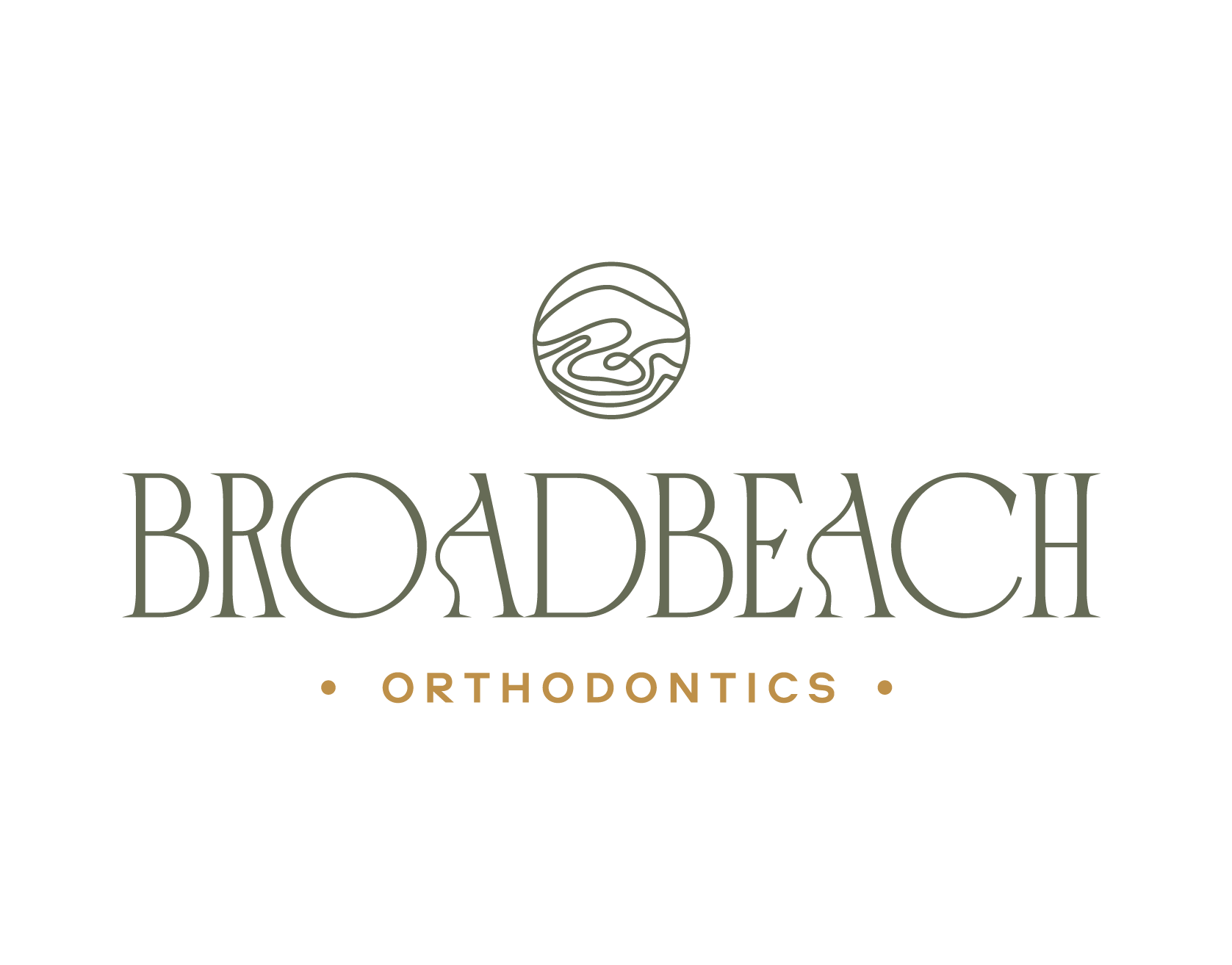Tongue thrusting, also known as tongue placement habit, is when the tongue pushes against the teeth during swallowing. This habit can exert significant pressure on the teeth, with the average person swallowing 500 to 700 times per day, and each swallow applying about 1.8kg of pressure.
The correct tongue position is when the tip pushes against the gum above the upper front teeth. Incorrect tongue positioning can force the teeth out of alignment over time. Tongue thrusting is an involuntary habit that can be difficult to correct.
What Causes Tongue Thrust?
Tongue thrusting can stem from various causes, often beginning in infancy or due to genetic or physiological factors. Common causes include:
- Excessive thumb-sucking in babies
- Certain artificial teets used for feeding infants
- Nasal congestion, allergies, or obstructions causing mouth breathing
- Difficulty swallowing due to enlarged adenoids, tonsils, or frequent sore throats
- Large tongue size
- Jawline angle or hereditary factors
- Muscular, neurological, or physiological abnormalities
- Being “tongue-tied” (short lingual frenum)
Types of Tongue Thrust
There are several variations of tongue thrust, often related to orthodontic problems:
- Anterior Open Bite: Lips do not close properly, and the tongue protrudes beyond the lips.
- Anterior Thrust: Lower lip pulls in, causing the lower and upper incisors to protrude.
- Unilateral Thrust: The bite is open on one side.
- Bilateral Thrust: Posterior teeth from the first bicuspid to back molars are open on both sides, with a closed anterior bite.
- Bilateral Anterior Open Bite: Only the molars touch, with the bite open on both sides.
- Closed Bite Thrust: Both upper and lower teeth are spread apart and flared out.
How to Detect a Pattern of Tongue Thrust
Tongue thrusting is typically present from birth as an infantile swallowing pattern. It is not usually a concern until around age 4. If the habit persists beyond this age, it may require intervention.
Who Diagnoses Tongue Thrust?
Orthodontists, general dentists, paediatric dentists, paediatricians, and speech therapists can diagnose tongue thrust. Often, it is not noticed until orthodontic care begins.
What Is a Tongue Crib?
A tongue crib is an orthodontic appliance used to correct harmful habits like tongue-thrusting and thumb-sucking. It fits in the top front of the mouth and is used primarily in children.
How Does a Tongue Crib Work?
The tongue crib is attached to the molars with rings and has a small cage that sits behind the front teeth, preventing the tongue from pushing against the teeth. This helps correct the tongue’s position when swallowing and discourages thumb-sucking.
Treatment Length and Success
The duration of tongue crib use varies, from a few months to the entire orthodontic treatment period. Success depends on the patient’s and parent’s commitment to following the orthodontist’s recommendations.
Tongue Thrust Treatments for Teens and Adults
Teens and adults with tongue thrust can benefit from various treatments:
- Myofunctional Therapy: Exercises to re-educate the tongue muscles.
- Orthodontic Treatment: Braces to correct misaligned teeth.
- Night Guards and Tongue Cribs: Appliances to prevent excessive pressure from tongue movement during sleep.


Tips for Successful Tongue Crib Treatment
- Remind the patient to keep their tongue behind the gate.
- Avoid hard, sticky foods.
- Stick to soft foods and liquids initially.
- Maintain good oral hygiene and check the appliance daily.
- Use orthodontic wax to prevent soreness.
Contact Us
If you suspect a tongue thrusting problem, contact Broadbeach Orthodontics for a consultation. Our team is here to help you and your child achieve optimal oral health and alignment.





